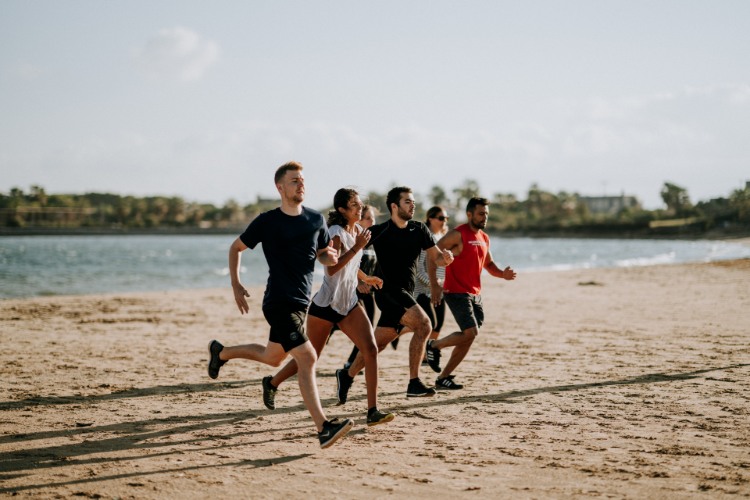
The weather is getting colder, and the days are getting shorter, the winter months bring not only these changes but a multitude of running events. There are several potential events that everything from professional to first timers can enter. There are local fun runs such as the bay run, trail runs, the famous city to surf, pub to pub & the Sydney Half Marathon all taking place soon.
Running is a relatively easy thing to do. We all have an inherent ability to run whether we enjoy it or not is another thing. For this reason running is often not given the same respect as other sports. People will throw on a new pair of sneakers and just run, for this reason running can cause injury, particularly because of the high repetitious nature of the movement.
Here are my 3 top tips to avoid injury:
- Technique- running may appear to be easy but, just like training at a gym without correct instruction, running with poor technique leads to a increase in risk of injury. Technique can also assist in increase speed by improved efficiency. Some basic tips on technique is to ensure your posture and spine are upright & your shoulders are back. Aim to have feet land directly under hips. Aim to run with your legs up and down rather than reaching out with long strides. If in doubt seek a running coach to assist you correcting your technique.
- Recovery – whether you are training for a 5km or a full marathon. The importance of recovery is paramount. Running for prolonged periods places high levels of stress on muscles joints and ligaments. Fatigue can lead to a reduced ability to repair as well as the ability to take on load and shock. Recovery must include key areas such as adequate food, carbohydrates and protein for repair, water for fluid replacement, sleep, stretching and foam rolling of key areas (calves, ITB, TFL, hamstrings).
- Strength Train – to reduce injuries and increase running speed, strength training is key. The higher the bodies stability and strength the great the ability for it to move and absorb shock. Most people who run regularly often do not include any resistance based training. They will often spend their time only going for runs to get fit and ready for an event. The act of incorporating resistance training exercises such as; squats, lunges, box jumps, (whether at the gym or at a local) can greatly improve strength and reduce injuries.
These are three simple steps that you can include to assist in reducing your risk of injury this running season. Remember prevention is better than trying cure the problem afterwards. Early intervention often leads to better long term outcomes. If you do begin to feel the early signs of an injury, whether acute or overuse getting on top of it sooner rather than later is important. If you have any questions or would like to discuss any of these topics please feel free to contact me

